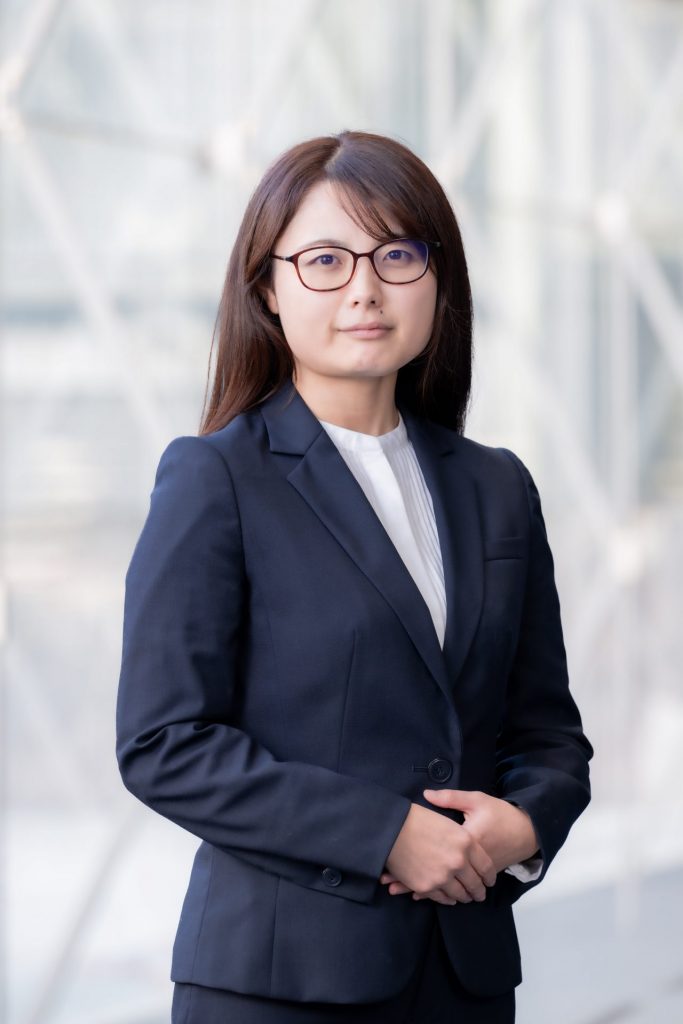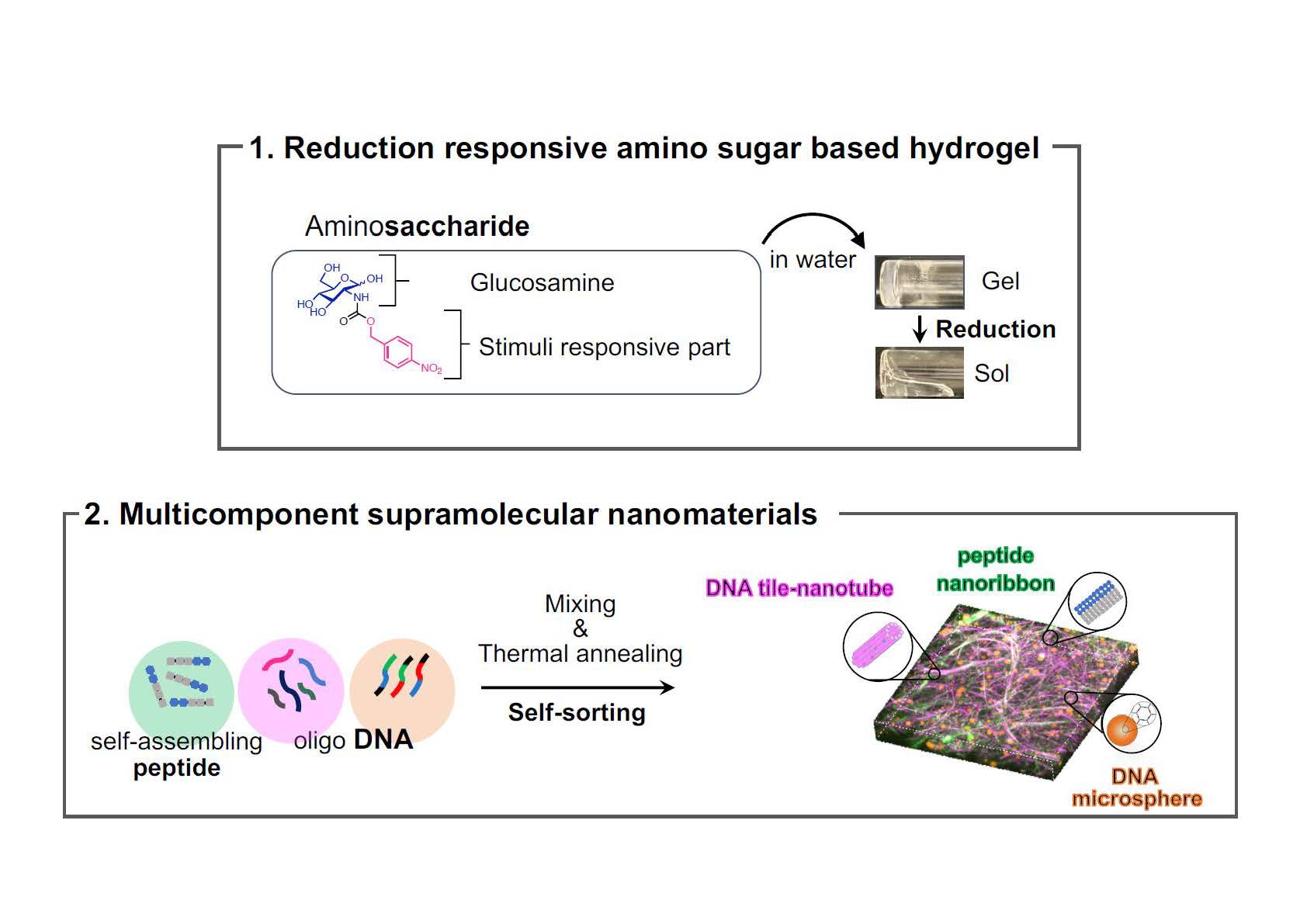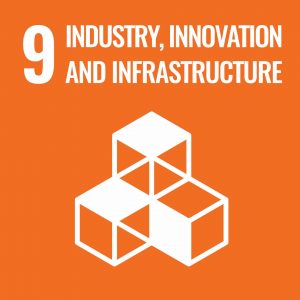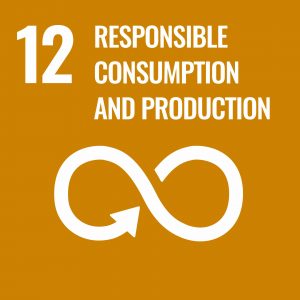Biomolecular Chemistry
Synthetic Biology
Supramolecular Chemistry

HIGASHI Sayuri
Starting year 2023
Gifu university
Institute for Advanced Study/United Graduate School of Drug Discovery and Medical Information Sciences
G-YLC Designated Assistant Professor
Research fields
Research Interests
Self-assembly
Stimuli responsive molecule
artificial cell
Professional Memberships
The Chemical Society of Japan
Japanese Society for Chemical Biology
The Japanese Biochemical Society
The Society of Polymer Science, Japan
Main research topics
I have been working on the development of new functional materials using biomolecules.
Recently, we have successfully synthesized a new amino sugar derivative by introducing a chemically reactive nitrophenyl molecule into an amino sugar in one step. It turned into a jelly-like substance called a supramolecular hydrogel with reduced fluidity. In the synthesized jelly-like substance, amino sugar derivatives spontaneously self-assembled in water. The researchers clarified that these self-assembled substances were composed of nanofibers with diameter in the realm of tens of nanometers. In addition, this jelly-like material was dissolved via reduction reactions. The aminosaccharide derivatives synthesized in this study are hydrogels that form a jelly-like substance and respond to a reduction stimulus. Such molecules can be characterized as the smallest class of sophisticated molecules that are known globally.
Second, I have developed multicomponent supramolecular materials using self-assembling nucleic acids (DNAs) and peptides. We propose to apply self-sorting phenomena to form multicomponent supramolecular materials composed of DNA and peptides, because only one-pot and one-step thermal annealing is needed. These materials we developed can retain all properties of each supramolecular nanostructure. Therefore, I would like to further develop new sophisticated and multifunctional materials using our multicomponent supramolecular materials.
On the other hand, I am also engaged in research using a synthetic cell model: Giant Unilamellar Vesicles (GUVs) very recently.





Representative papers
S. L. Higashi, A. Shibata, Y. Kitamura, K. M. Hirosawa, K. G. N. Suzuki, K. Matsuura and M. Ikeda, “Hybrid Soft Nanomaterials Composed of DNA Microspheres and Supramolecular Nanostructures of Semi-artificial Glycopeptides,” Chemistry –A European Journal (2019), 25, 11955–11962.
S. L. Higashi and M. Ikeda, “Development of an amino sugar-based supramolecular hydrogelator with reduction responsiveness,” JACS Au (2021), 1(10), 1639–1646.
Research URL
researchmap https://researchmap.jp/s_higashi
ORCiD https://orcid.org/0000-0001-8488-4808
Global issues to be solved through this project
Development of artificial cell-type molecular robots to address the challenges of CAR-T cell therapy
Recently, Chimeric antigen receptor (CAR) T cells have attracted attention as a new drug modality of “cell therapy. CAR-T cells are genetically engineered T cells to express a receptor for the recognition of the particular surface marker that has given rise to advances in the treatment of blood disorders with a high success rate. However, their efficacy in solid tumor treatment has not yet been supported. One of the main reasons for this is the densely packed extracellular matrix (ECM) or tumor microenvironment around solid cancer cells, which prevents the invasion of CAR-T cells. Therefore, I aim to develop a therapeutic cell-type molecular robot (CMR) using bottom-up artificial cells with stimuli responsive molecules to solve the problems exposed by CAR-T cell therapy for solid tumors.
Interview
No interview
News
-
お知らせ
T-GEx fellow Dr. HIGASHI Sayuri, Gifu University received the Inoue Research Award from the Inoue Science Foundation.
-
お知らせ
The research results of T-GEx fellow Dr. HIGASHI Sayuri, Gifu University, were published in Nature Chemistry and a press release was made.
-
お知らせ
T-GEx Fellow Dr. HIGASHI Sayuri, Gifu University has been selected for FY2024 Toyotariken Scholarship Program
-
お知らせ
Academic Mentor for FY2023 T-GEx Fellows has been decided.

